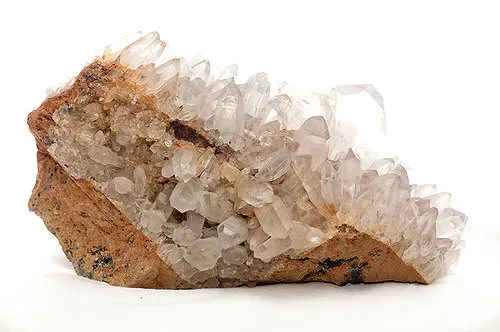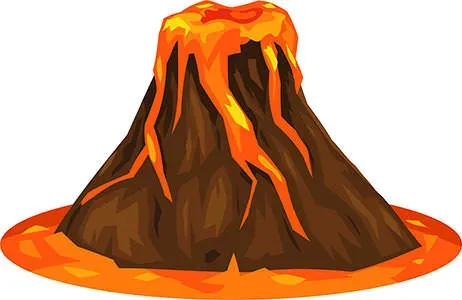 Thomsonite is a rare member of the zeolite group. It was named after Thomas Thomson in 1820, a Scottish chemist who discovered the stone in the Kilpatrick Hills of Dunbartonshire, in west-central Scotland. While thomsonite is rarely cut as a gem, it is popular for beads. It is also sometimes cut as cabochons for rings.
Thomsonite is a rare member of the zeolite group. It was named after Thomas Thomson in 1820, a Scottish chemist who discovered the stone in the Kilpatrick Hills of Dunbartonshire, in west-central Scotland. While thomsonite is rarely cut as a gem, it is popular for beads. It is also sometimes cut as cabochons for rings.
 Thomsonite is difficult to distinguish by site from other fibrous zeolites. Crystals have an acicular (needle-shaped) form, but spherical, fibrous and tabular crystals also occur. Specimen range in color from white to red, purple, green and yellow. Collectors prize the colored stones, which have a porcelain-like luster.
Thomsonite is difficult to distinguish by site from other fibrous zeolites. Crystals have an acicular (needle-shaped) form, but spherical, fibrous and tabular crystals also occur. Specimen range in color from white to red, purple, green and yellow. Collectors prize the colored stones, which have a porcelain-like luster.
 Thomsonite is found in association with calcite,
Thomsonite is found in association with calcite, ![]() quartz, and stilbite. It occurs in cavities in lavas, and as a decomposition product of nepheline. Major sources of thomsonite are Flinders, Victoria, in Australia; Severocesky Kraj, Bohemia, in the Czech Republic; the Eifel Mountains, Rhine-Palatinate, in western Germany; Sardinia, Italy; Kaipara, North Island, in New Zealand; Kola Peninsula, in northern Russia; and Invernesshire, in northern Scotland. In the United States, highly prized specimen of thomsonite can be found along the shores of Lake Michigan and Lake Superior, especially in Keweenaw County, Michigan.
quartz, and stilbite. It occurs in cavities in lavas, and as a decomposition product of nepheline. Major sources of thomsonite are Flinders, Victoria, in Australia; Severocesky Kraj, Bohemia, in the Czech Republic; the Eifel Mountains, Rhine-Palatinate, in western Germany; Sardinia, Italy; Kaipara, North Island, in New Zealand; Kola Peninsula, in northern Russia; and Invernesshire, in northern Scotland. In the United States, highly prized specimen of thomsonite can be found along the shores of Lake Michigan and Lake Superior, especially in Keweenaw County, Michigan.